Your guide has been emailed to you.
Now want to get training started? Achieve your Tarawera goals with a proven training plans below.
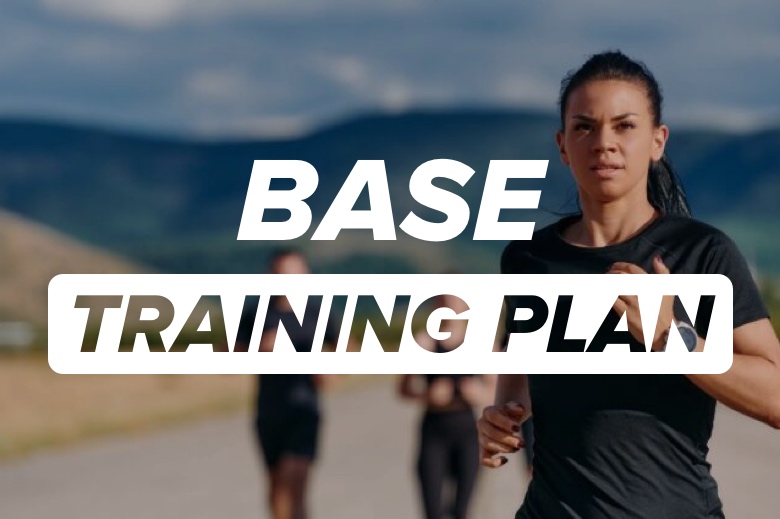
Inclusions:
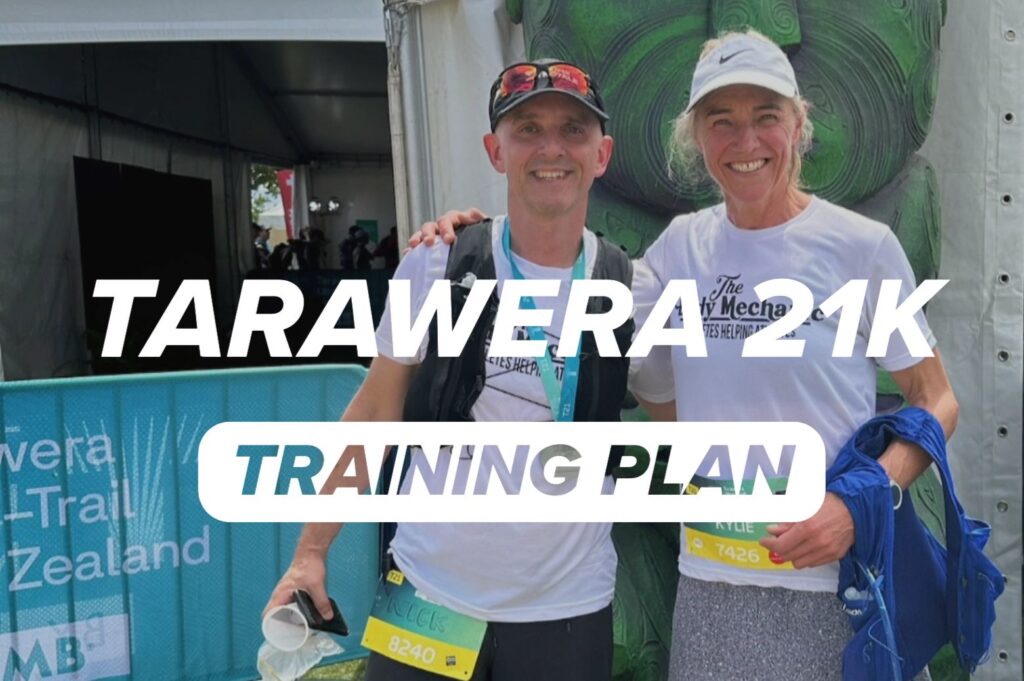
Arrive at the start line Race Ready! Confident you have trained smart every step of the way. Recommend you start by 27th Oct for Feb 2026 race.
Inclusions:
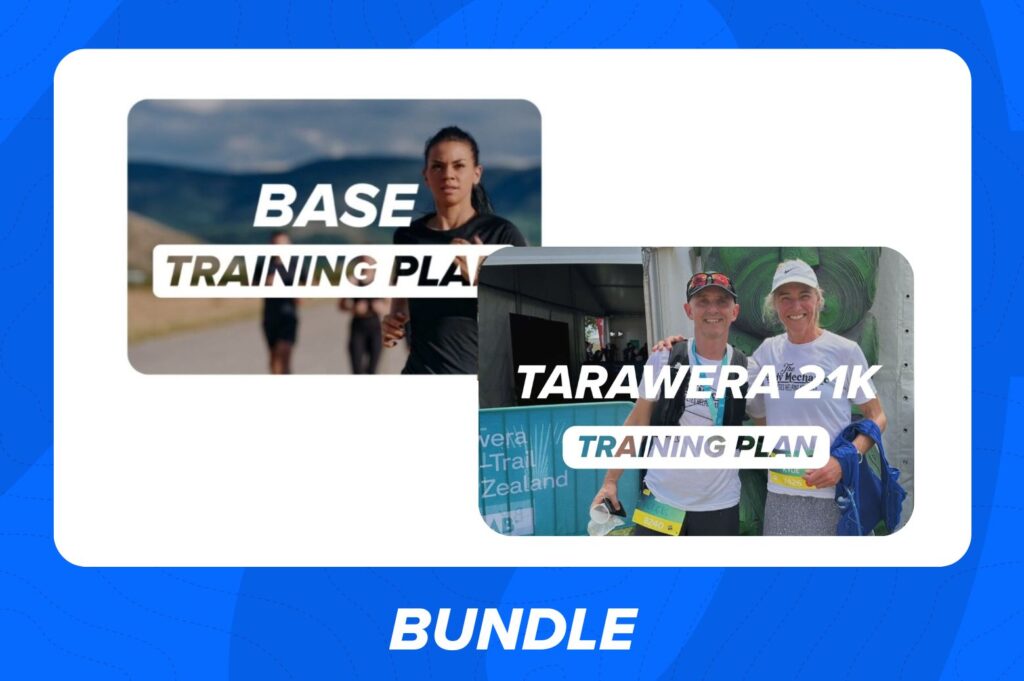
28 weeks of guided training to build a strong race-ready body, that can handle the load and turn up on race day injury-free.
Inclusions:

Inclusions:
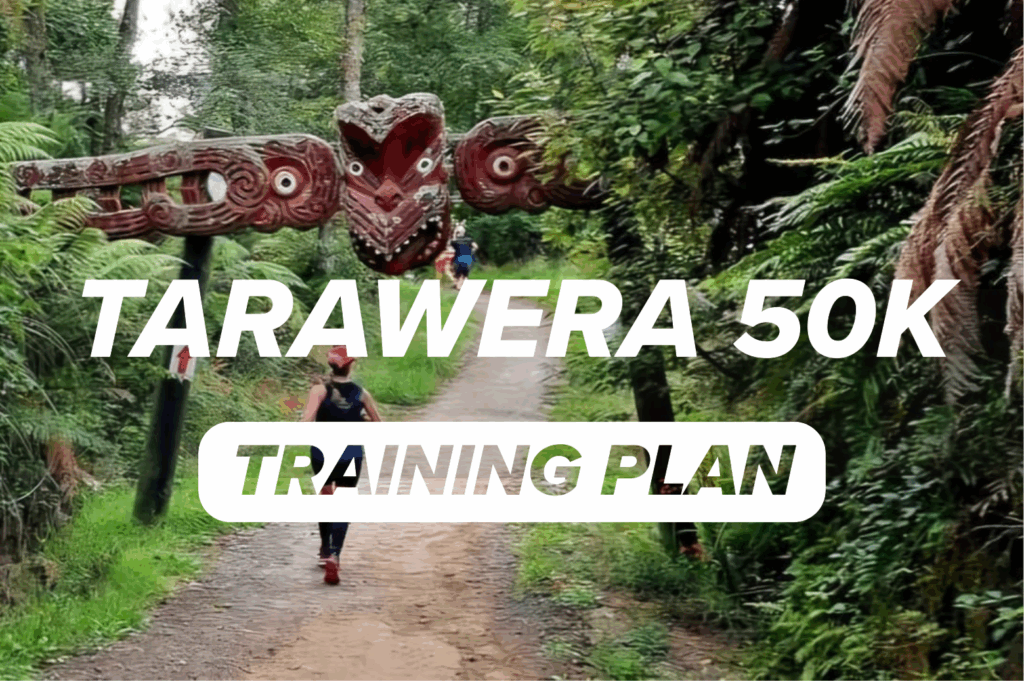
Arrive at the start line Race Ready! Confident you have trained smart every step of the way. Recommend you start by 27th Oct for Feb 2026 race.
Inclusions:
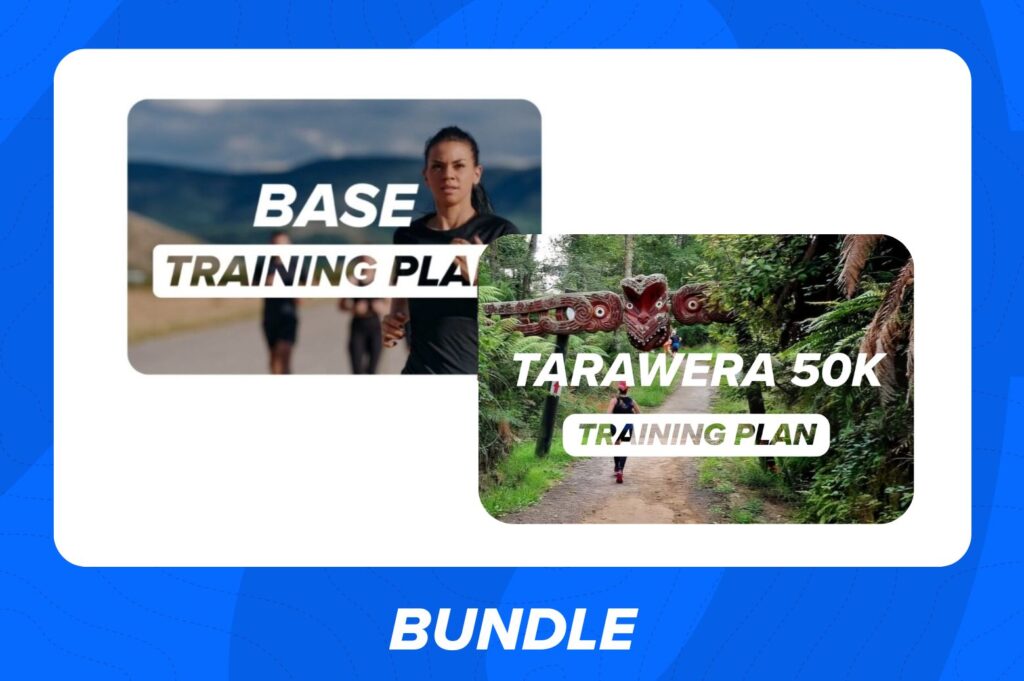
Inclusions:

Inclusions:
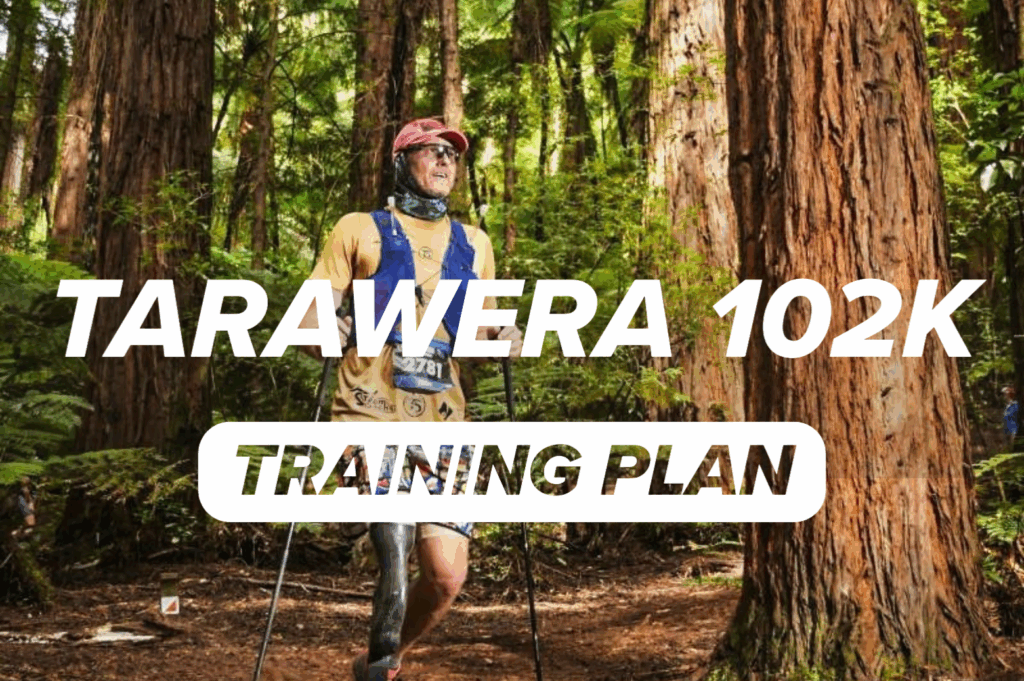
Arrive at the start line Race Ready! Confident you have trained smart every step of the way. Recommend you start by 27th Oct for Feb 2026 race.
Inclusions:

Inclusions:

Inclusions:
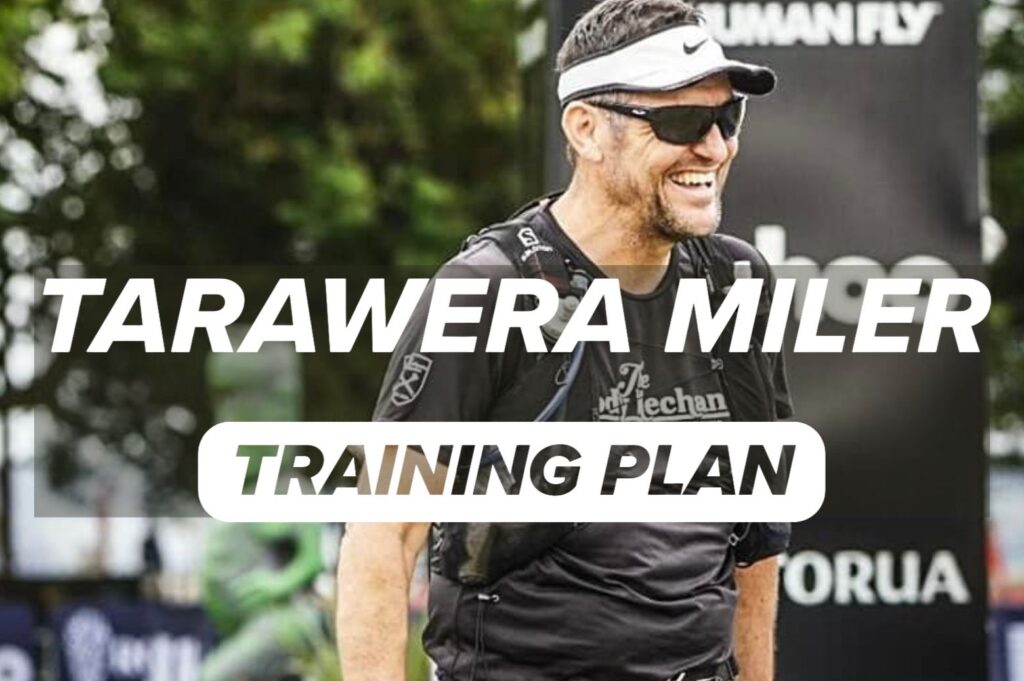
Arrive at the start line Race Ready! Confident you have trained smart every step of the way. Recommend you start by 27th Oct for Feb 2026 race.
Inclusions:
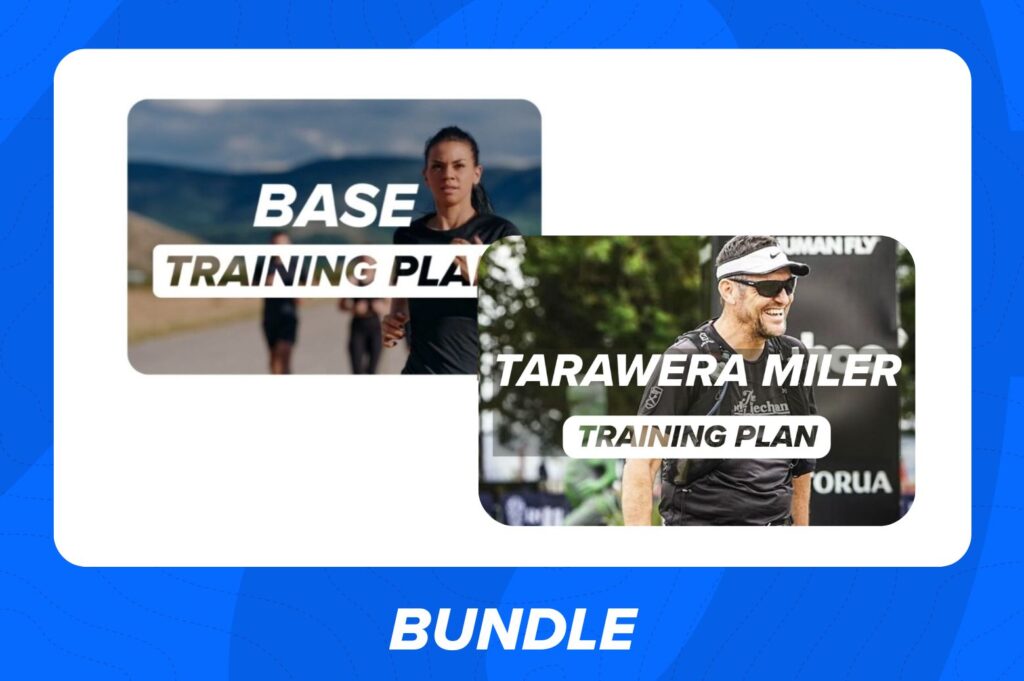
Inclusions:

Inclusions:
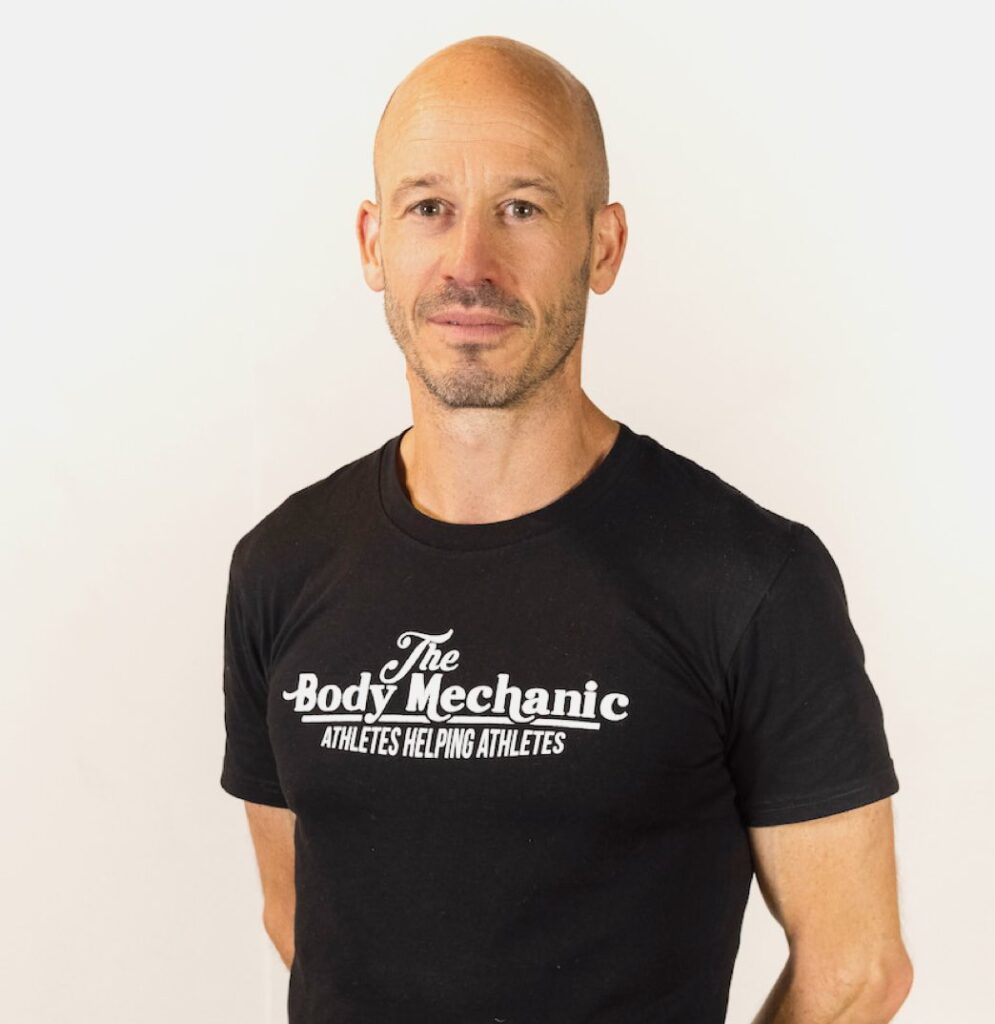
A: Base training is a 12 week program suitable for all runners. The best time to start is 12 weeks before a 16 week race block. So for Tarawera 2026. The start date is Monday 4th August
A: Yes. You can start the training plans at any time and adjust them. i.e. If you only have 10 weeks of base training then we recommend you start at Week 1 and choose the level of volume suitable to your current fitness. At week 10 swap across to the race plan. That way you won’t miss out on the technique advice and ramping up your volume too quickly.
A: No. They are created so you can do them from anywhere. For the strength workouts we recommend 2kg to 5kg hand weights and a skipping rope. We also recommend you get a foam roller for the stretching workouts.
A: This race is suitable for runners who have been running consistently for 6 months and are comfortable running 8km – 10km regularly without injuries.
Following a proper base training and race training plan 6 months out from race day is enough time to get you ready to really enjoy this event.
The winners complete this race in just over 2 hours 30 min, with the majority of runners taking between 4 and 5 hours.
Some rolling hills and single track training sessions will be helpful in training for this event.
A: This event is suitable for runners who have been training consistently for at least 12 months and are able to comfortably run 17km – 18km regularly on undulating terrain without injuries.
If you have never completed a 17km run, you should consider training for the 30km distance. If you have been running for 12 months consistently, then 12 weeks of base training plus 16 weeks of race training should be enough time to prepare your body for this 50km race distance without risking injury, but you will need to start your training soon and be diligent with some stretching, rolling and strength work on top of the running training.
A: This distance is suitable for runners who have been training consistently for at least 2 years and are able to comfortably run 20km – 24km regularly on hilly trails without injuries.
If you can not, or have not, consistently included a 20km “long run” in your training program, you should consider training for the Tarawera 50. Six months may not be enough time to prepare your body for this 100km race distance without risking injury.
A: This distance is suitable for runners who have been training consistently for at least 3 years and are able to comfortably run 30km regularly on hilly trails without injuries.
You should be used to running on big hills and ideally you should have completed two or three 100km events already.
This is not an event for the light hearted. Running 100 miles is more than twice as hard as running 100km.
You need to be prepared to put in a solid 12-weeks of base training before moving to a 16 week race-specific plan that ideally replicates the terrain and vert of the Tarawera 100 miler.
Did you know that you can download Streek to your mobile, tablet or even your computer? Download it now to make your training plan a breeze.